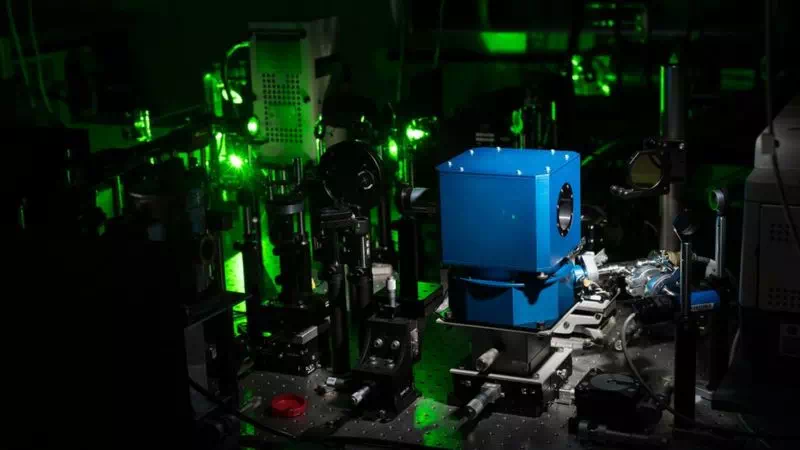Scientists have found the first material capable of superconductivity at room temperature.

The work was led by Ranga Dias at the University of Rochester, and aims to overcome one of the major roadblocks in expanding the uses of superconductive materials. These materials exhibit no electrical resistance and expel a magnetic field, but because they typically only function at temperatures below -140 °C (-220 °F), they require expensive equipment to maintain.
Dias describes room temperature superconductivity as the "holy grail" of condensed matter physics, and in research published this week his team has taken a significant step towards that goal. Researchers have spent years experimenting with different materials in pursuit of room temperature superconductors, such as copper oxides and iron-based chemicals, but it was with widely abundant hydrogen that Dias and his team found success.
One downside of this approach is that pure hydrogen can only be converted to a metallic state at extremely high pressures, so the team instead turned to alternative materials that are rich in hydrogen, but maintain the desired superconductive properties and can be metalized at far lower pressures.
The winning formula involves a mix of hydrogen, carbon and sulfur, which was used to synthesize organic-derived carbonaceous sulfur hydride in high-pressure research device called a diamond anvil cell. This carbonaceous sulfur hydride demonstrated superconductivity at around 58 °F (14.5 °C), and at pressures of around 39 million psi.
Some of the applications for this type of material include more efficient power grids that transmit electricity without great losses caused by resistance in today’s wires, more powerful maglev trains or other futuristic transport solutions, and improved medical imaging technologies.